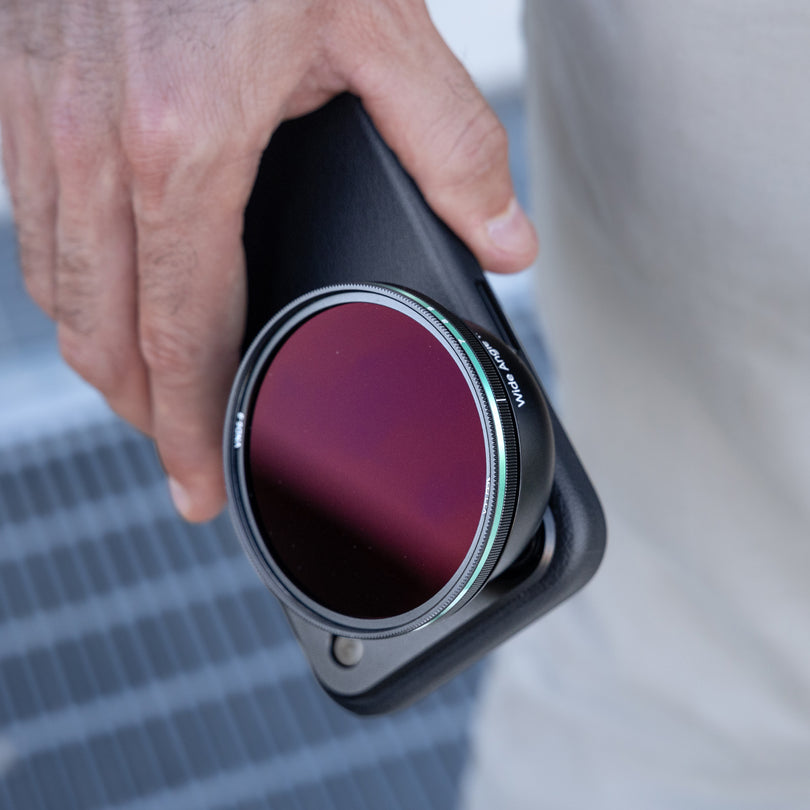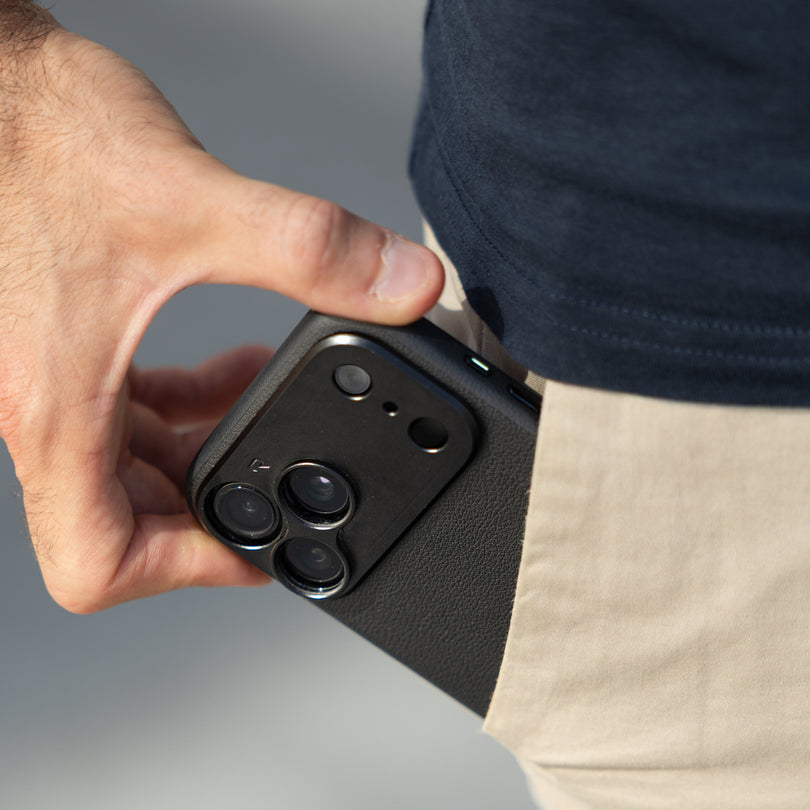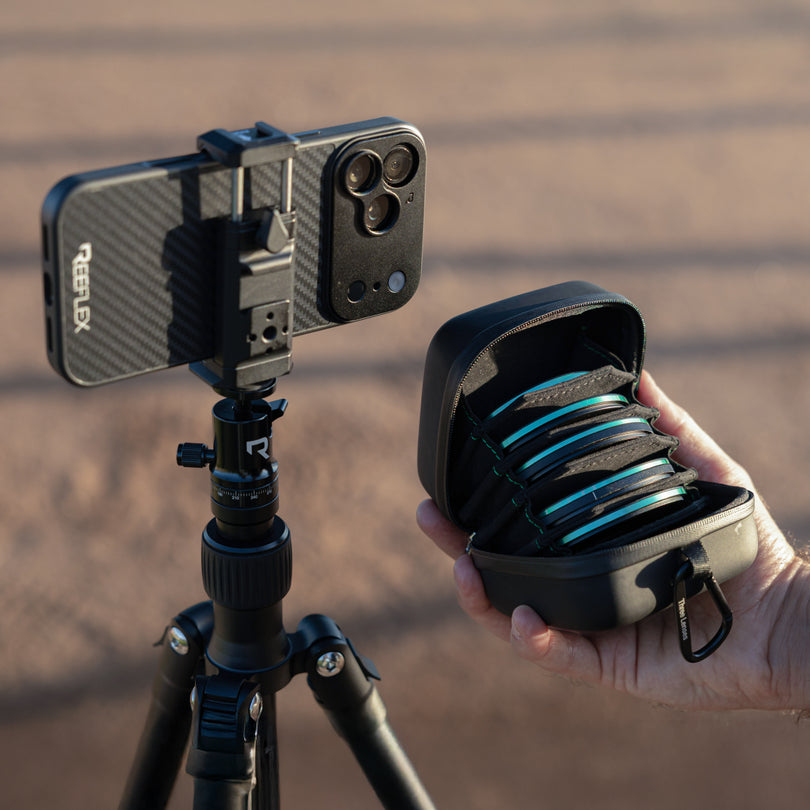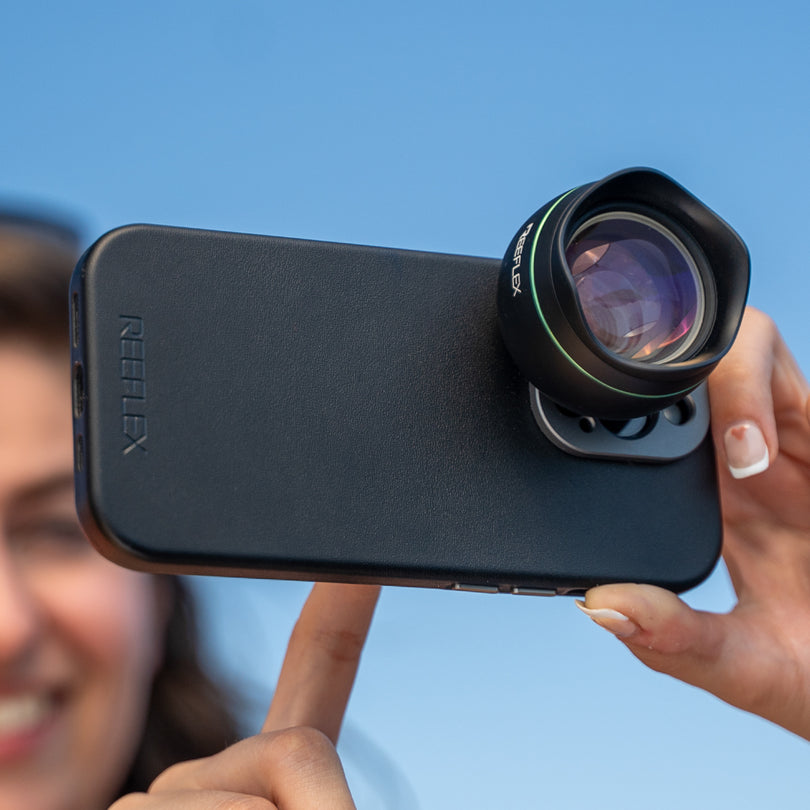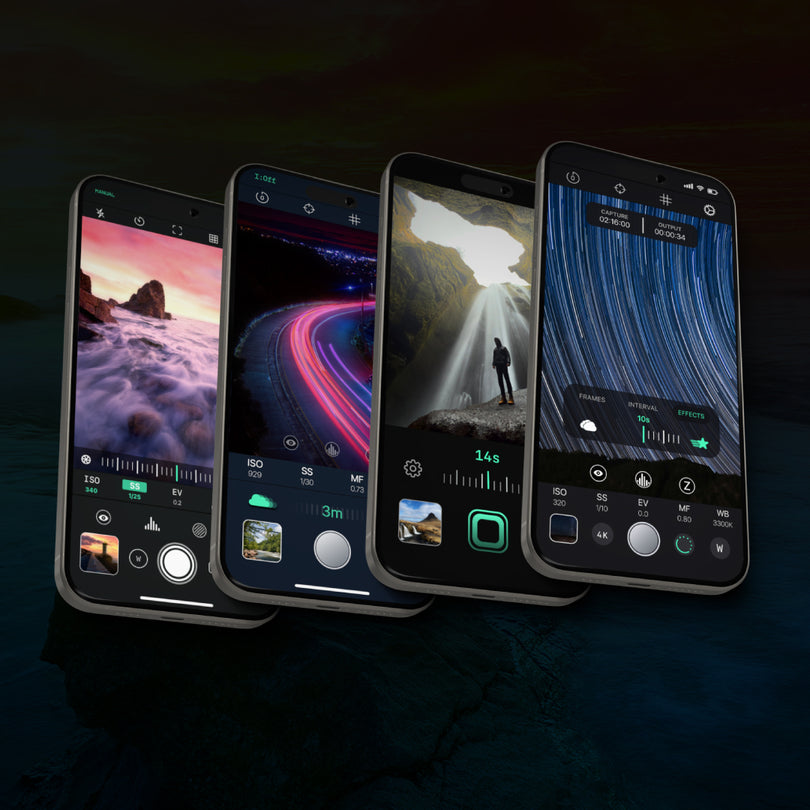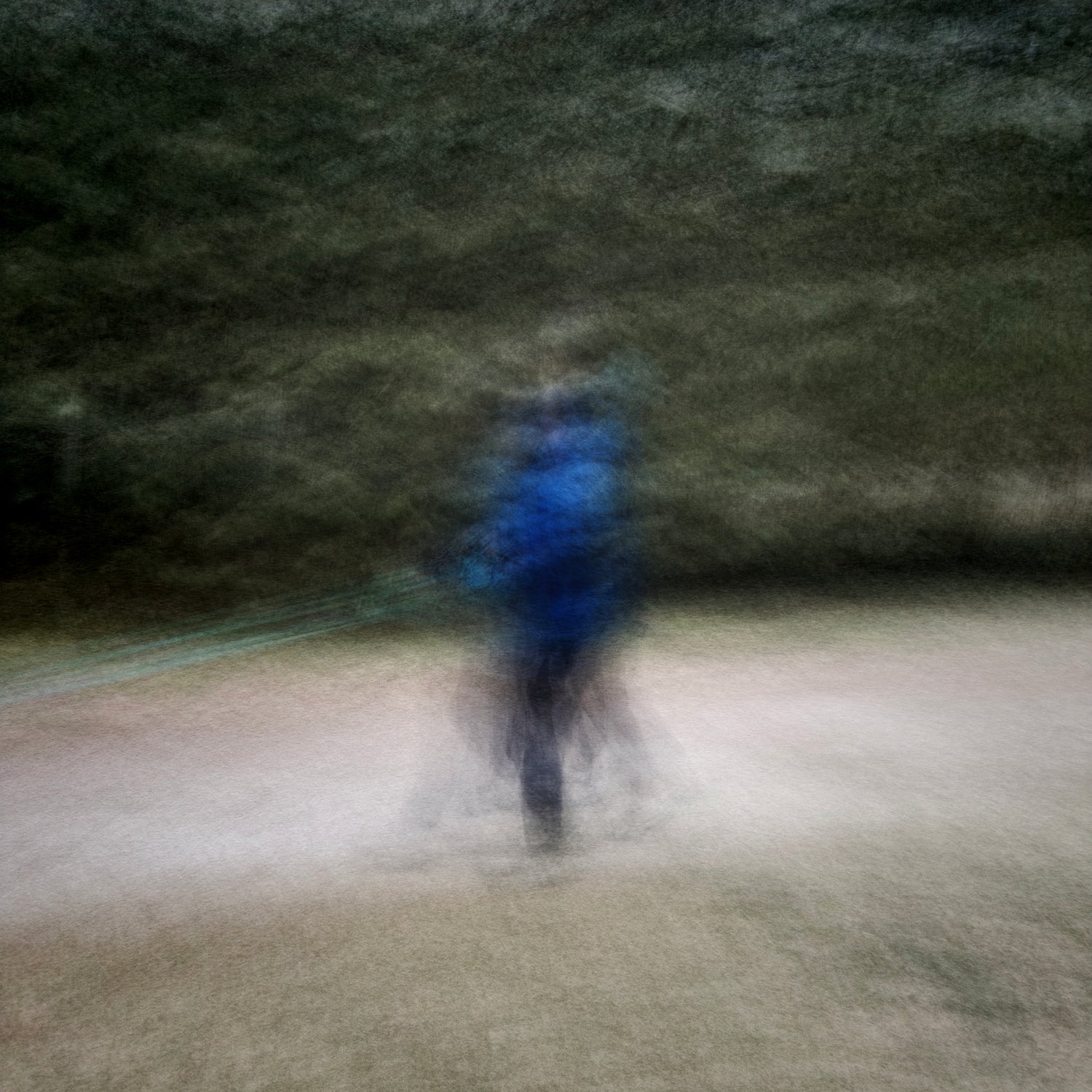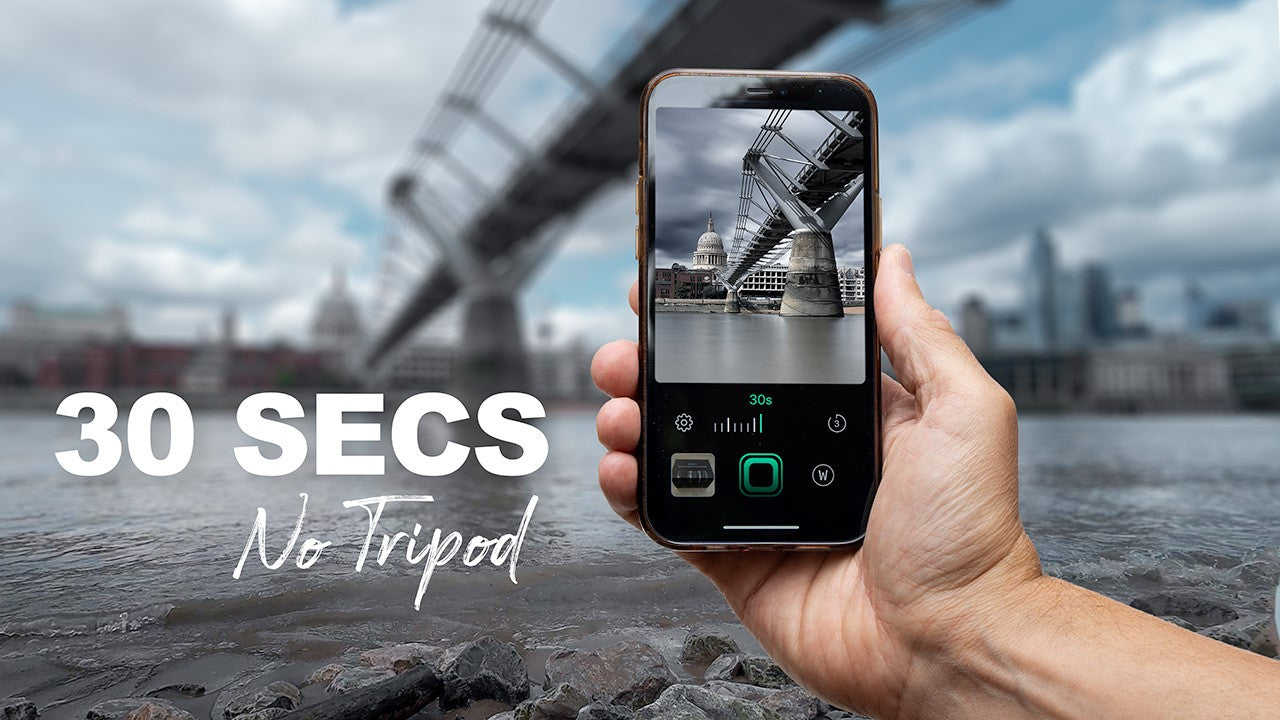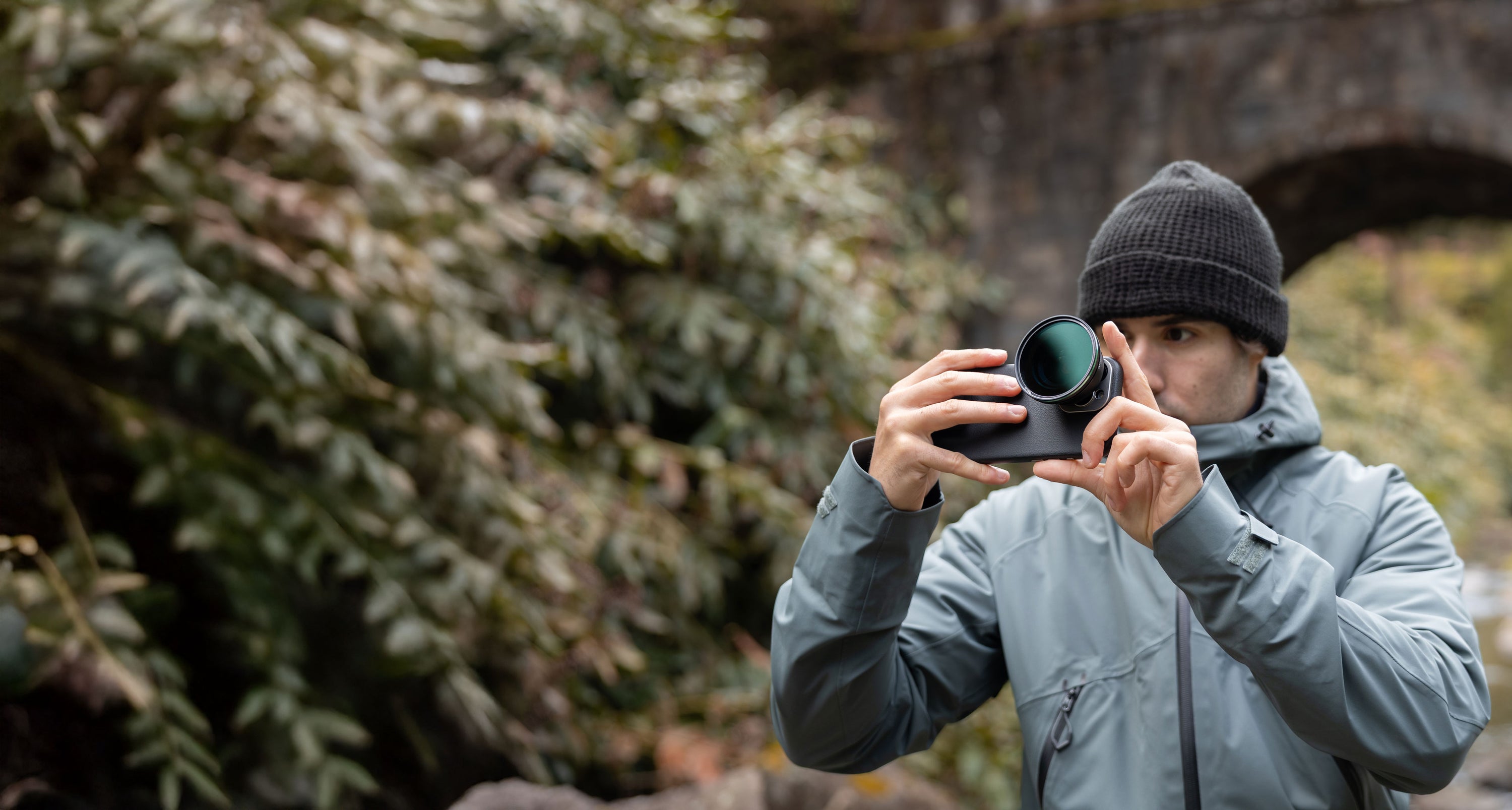Intentional Camera Movement, or ICM, with an iPhone can be achieved in a manner that is very similar to that of a traditional camera. It requires you to perform a long exposure which, when the camera is moved during the exposure, will have a blurred appearance that can be manipulated by the way you move the camera.
For ICM work with Reeflex, you will only get a JPG file, but if you want to shoot in RAW format, you can use ReeXpose. I won’t go into how to take a long exposure, but rather I’d like to point you to a post I wrote about that process already. The exact same procedure is what you need to do before pressing the shutter to take an ICM shot. The only difference between a traditional long exposure and ICM is that a tripod is required for a traditional long exposure and ICM can be done handheld, especially the type I’m going to discuss here.
Ok, so now that you’ve read my other article, you’re ready to explore ICM. What sparked my interest in this type of shooting was attending a workshop by a local photographer who had a gallery exhibit with a number of images taken with his mirrorless camera using ICM. They were absolutely stunning. I found his technique very interesting because he referred to his shooting process as “dancing with his subject”. What he meant here was that you may not get the shot you want the first time so you have to keep trying until you get something you like, and during the process, it’s like you’re dancing because you’re repeating the process over and over.
In the image at the top of this post, you can clearly see that it’s a tree. The trick to getting the shot “right” — and I put that in quotes because it will only be right for you, not right according to any rules — is figuring out how long your exposure sequence needs to be, how fast or slow you need to move, where to point the camera, and where to pause in order to capture the defining part of your subject. Let’s unpack this a little further.

Exposure Sequence Length
The exposure length is the length of time in seconds that the camera is recording, or more specifically, taking a series of images, averaging out the frames and building the image based on the exposure settings you have set, as outlined in my other article. I found in my limited attempts with this as of the time I wrote this that seven seconds was a good length to use. In Reeflex, you will use Slow Shutter Mode, which can create long exposure sequences that last from a half second up to as long as you want with the Bulb setting. The nice thing about frame averaging is you shouldn’t have any issues with over-exposure as long as your exposure settings are good to start with, and with ICM you’re not shooting too long at once anyway.

Speed Of Movement
This is how fast you walk, or simply move your hands while holding the camera. The faster you move, the less effective your image capture may be, but that depends on the look you’re after. There’s the dance I was talking about. For the tree image, I walked at a slightly less than “normal” pace, and I tried to stay the same distance from the tree at all times. So, basically, I was circling the tree. The slower you move, the more “solid” the image appears… if that makes any sense. When you try this technique you’ll see what I mean.

Where To Point The Camera
You want to make the image pleasing to the eye so good composition is as important with ICM as it is with any kind of shooting. You could easily pan the camera across a landscape to get a series of blurred lines, or pan vertically when standing amongst some trees to create an ethereal forest scene. For the image above, I composed the shot while standing still, then just after I started moving, I pressed the shutter and let the magic happen. As I moved around the tree, I was careful to keep the tree in the same place in the viewfinder, or close to it. When you do this a few times, you may be able to just look at the subject and not worry about what’s on the screen. This allows for a more intimate experience with your subject, whether it’s a tree, a person, or what have you.

Where To Pause To Define Your Subject
During the process of moving while taking the shot — which could be around something, towards or away from it, or just standing there moving your hands — it’s a good idea to slow right down or come to a stop so the camera can pick up some defining details about our subject while it’s recording frames. This won’t make it look like a freeze frame image; it will still be blurry, but the idea here is to show a part of the subject that is a point of interest. You may not get exactly what you planned as your highlighted portion, or maybe you will, but this is all part of the dance. Keep trying until you get something you like.
Once you get your image, if you like it as is, you’re good to go, but these types of images do look nice as a black and white. The images I saw in the gallery exhibition were almost exclusively black and white, but during the workshop the artist pointed out that one of them was merely desaturated to the point where you really have to look to see any trace of colour. It was quite clever. I will produce images with ICM that will be in colour but when I’m shooting trees during the winter months where there really isn’t much colour, black and white works quite nicely. To finish the edit on my image, I did something I’ve literally never done before; I created a white vignette to isolate the subject. I had posted a version of this image on social media with a slight vignette in my usual dark tone, but there’s something about the lighter variant that makes a tree stand out better when shot this way.

There may be a question in your mind about using ReeHeld to do this type of work. I honestly haven’t tried it yet, but I think because of the way ReeHeld works, I don’t think it would do this as effective as Reeflex. More on ReeHeld in a future article.
Intentional Camera Movement is a very popular technique that I plan to explore further in the future. These types of images are truly inspiring and if you want more inspiration, just look for ICM as a hashtag on social media and something is bound to pop up.
Greg McMillan


